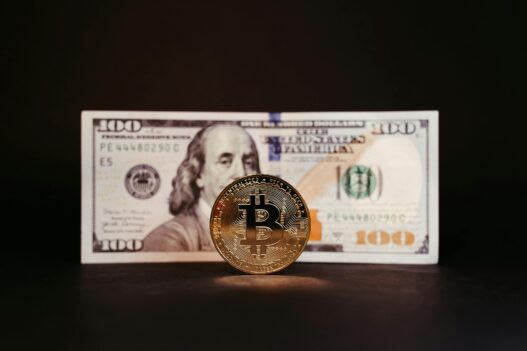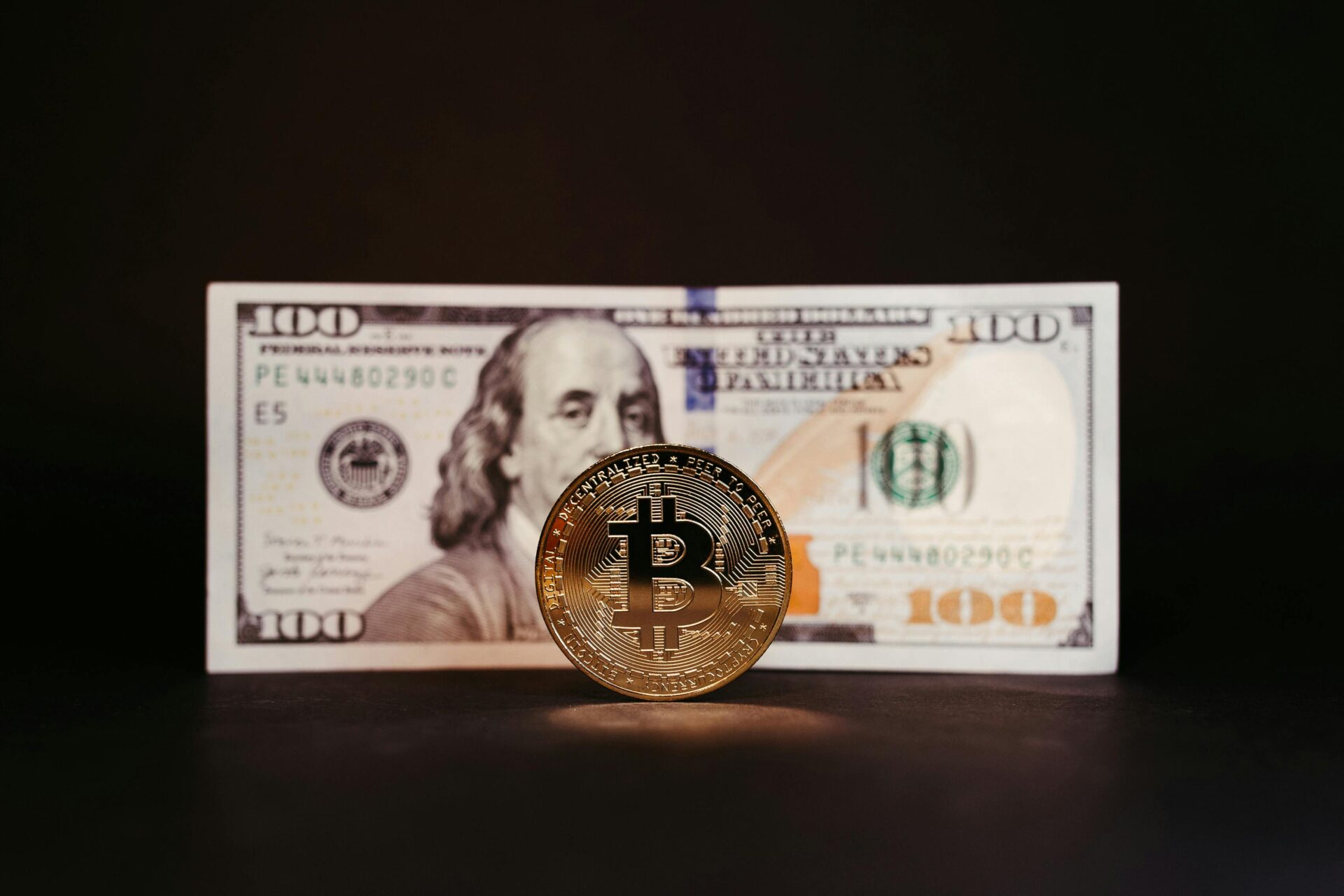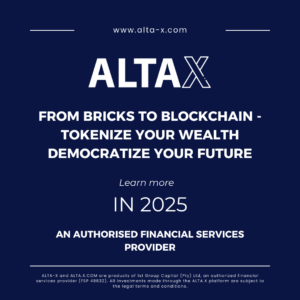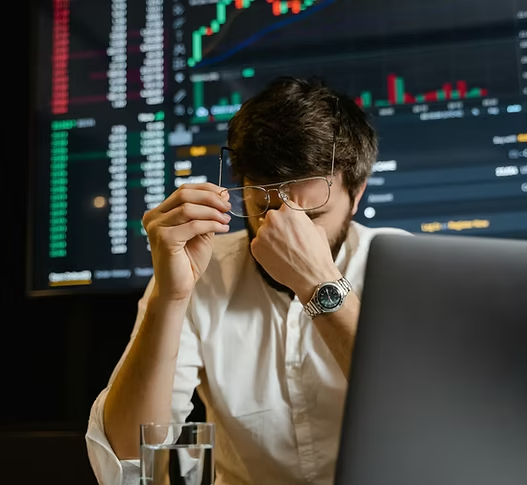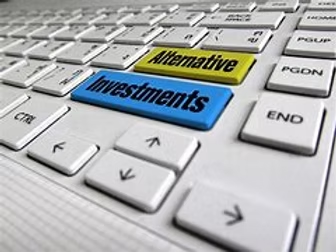Introduction: The Winds of Change – From Currency to Blockchain
For over a century, the U.S. dollar has been the cornerstone of global finance. It has served as the world’s reserve currency, underpinning trade, investment, and monetary policy. But today, a seismic shift is underway. The de-dollarisation movement—a global pivot away from the dominance of the dollar—is gaining momentum. Simultaneously, the blockchain revolution is reshaping how we perceive, store, and transfer value. These two forces are converging to redefine the future of investing.
Part 1: De-Dollarisation – A Global Awakening
De-dollarisation is not just a political statement; it’s an economic strategy. Countries like China, Russia, and even emerging markets are increasingly settling trade in local currencies or alternatives like the Chinese yuan or digital assets. The reasons are clear:
- Geopolitical tensions and sanctions have made dollar dependency risky.
- Inflation and debt levels in the U.S. have eroded trust in fiat stability.
- Technological alternatives now offer faster, cheaper, and more transparent ways to transact.
For investors, this signals a need to diversify away from dollar-denominated assets and explore inflation-proof alternatives like commodities, real estate, and increasingly, tokenised assets.
Part 2: Blockchain – The Infrastructure of the Future
Blockchain is not just about Bitcoin. It’s a foundational technology that enables decentralised, transparent, and secure record-keeping. Bitcoin was the first use case—a digital store of value—but it sparked a revolution.
Today, blockchain powers:
- Smart contracts that automate transactions.
- Decentralised finance (DeFi) platforms that replace traditional banks.
- Tokenisation of real-world assets—from property, financial investments and art to commodities and equities.
This evolution is creating a new asset class: digital representations of tangible value, accessible globally and tradable 24/7.
Part 3: Tokenisation – Real Assets, Digital Form
Tokenisation is the process of converting ownership of real-world assets into digital tokens on a blockchain. These tokens can represent:
- Fractional ownership of a building, gold bar, or artwork.
- Revenue streams from rental income or royalties.
- Voting rights in a decentralised organisation.
Benefits for investors include:
- Liquidity: Sell fractions of assets without waiting for buyers.
- Accessibility: Invest in global assets with minimal capital.
- Transparency: Immutable records of ownership and transaction history.
Platforms like Ethereum, Avalanche, and newer protocols are enabling this transformation, with regulatory frameworks slowly catching up.
Part 4: The Future – A Borderless Investment Landscape
IMAGINE a future where:
- You own a fraction of a skyscraper in Dubai, a vineyard in France, and a solar farm in South Africa—all tokenised and managed via your digital wallet.
- You earn yield from DeFi protocols, hedge with tokenised commodities, and vote on governance decisions in decentralised organisations.
- Your portfolio is multi-currency, multi-asset, and multi-jurisdictional, yet managed seamlessly through blockchain infrastructure.
This is not science fiction. It’s happening now.
Conclusion: Embrace the Evolution
The convergence of de-dollarisation, blockchain, and tokenisation is not just a trend—it’s a paradigm shift. For South African investors and global wealth builders, the opportunity lies in understanding this evolution and positioning portfolios accordingly.
Bitcoin was the spark. Blockchain is the engine. Tokenisation is the fuel. The future is decentralised, diversified, and digital.
Follow the WWW.FFREEDOM.CO.ZA channel on WhatsApp: https://whatsapp.com/channel/0029VbB2TcC9Bb5pwoF7Pz0l






